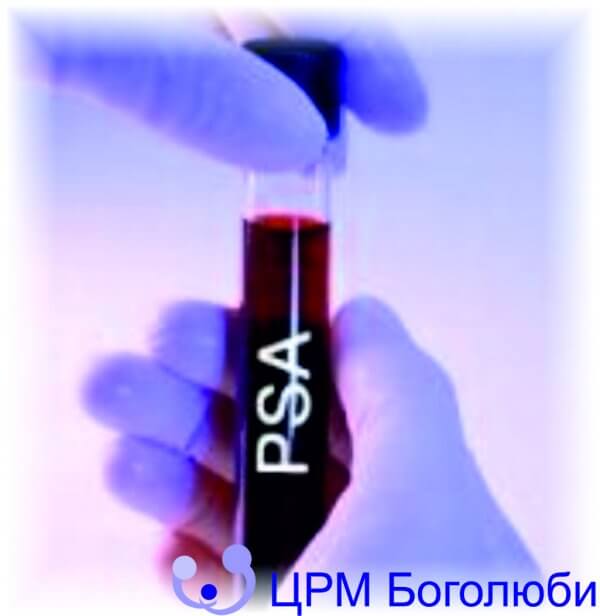PSA - what is it and why is it measured? This enigmatic for a simple layman abbreviation refers to a specific prostatic antigen, in other words, a protein produced by prostate cells. Low concentrations of prostate antigen are usually present in the blood serum of all men and can be assessed using an ordinary blood test.
Causes of PSA elevation
A high level of specific prostatic antigen is characteristic of various prostate diseases, such as prostate cancer, benign prostatic hypertrophy, and various forms of prostatitis. PSA values also increase as the body ages, after surgical interventions on the prostate gland, the introduction of a urethral catheter and specific diagnostic tests (for example, rectal examinations, cystoscopy, prostate biopsy, proctoscopy and colonoscopy). Decreased PSA values may be associated with obesity.
PSA and prostate cancer
PSA in plasma has a low degree of specificity: when the level of antigen exceeds a certain threshold (gt; 3-4 ng per ml of blood), most likely something is wrong at the level of the prostate gland. But in the absence of further in-depth diagnosis, it is impossible to declare the presence of a malignant state with absolute certainty.
It often happens that high PSA values cause a false alarm. These are cases where high levels of antigen suggest to the doctor that prostate cancer ,exists, but subsequently the hypothesis is denied by the results of various studies. In other words, detecting a high PSA level is not enough to diagnose prostate cancer, especially in older men.
. If the presence of the tumor is confirmed by other diagnostic tests, PSA is a good indicator of the stage of the tumor. In particular, when PSA levels are slightly increased, it is unlikely that the tumor is extensive.
Monitoring of a prostatic specific antigen is extremely useful for evaluating a patient's response to therapy. PSA test control should be carried out before other diagnostic procedures, as otherwise you can get false results. A man must understand that periodic PSA tests are very important. This makes it possible in time to differentiate benign and malignant tumors.

















